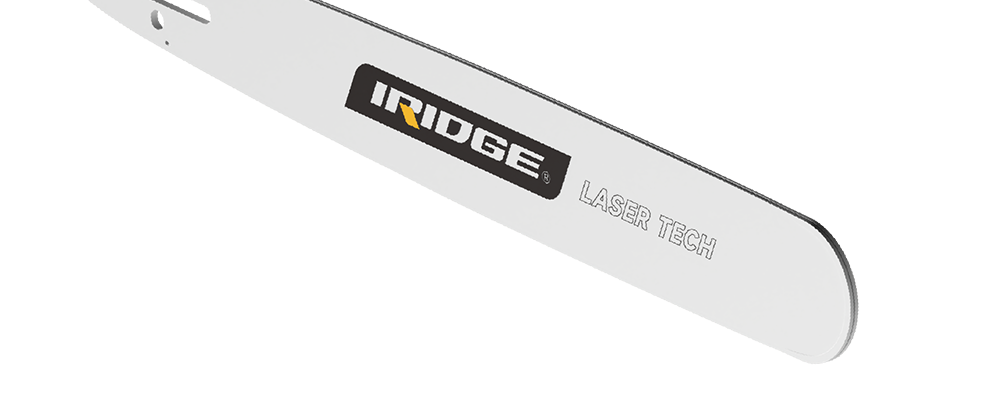To determine whether the current Chainsaw Guide Bar is suitable for replacing guide bars of different lengths, you need to check the following aspects:
Check if the engine power of the chain saw matches
Low power (<45cc): suitable for 12-16 inch guide bars, long guide bars may cause insufficient power.
Medium power (45-60cc): suitable for 16-24 inch guide bars, which can be replaced with longer guide bars.
High power (>60cc): suitable for guide bars over 24 inches, suitable for professional logging operations.
If the guide bar length exceeds the engine load capacity, it may cause the chain to run slowly, reduce cutting efficiency, and even damage the engine.
Confirm whether the chain specifications of the chain saw are compatible
When replacing the guide bar, the chain must match the new guide bar, mainly checking the following parameters:
Chain pitch (Pitch): such as 0.325", 3/8", 0.404", needs to match the drive system of the chain saw.
Chain drive sprocket number (Drive Links): Different lengths of guide bars require different numbers of drive sprockets.
Guide bar chain slot width (Gauge): Common specifications are 0.050", 0.058", 0.063", which need to match the chain.
If the chain and guide bar specifications are incompatible, the chain may not operate properly or wear faster.

Confirm whether the guide bar mounting hole matches the chain saw
Chainsaws of different brands or models may have different guide bar mounting hole (Mounting Slot) designs.
Before replacing the guide bar, check whether the mounting hole spacing, oil hole position, and tensioning hole of the new guide bar match the chain saw.
If the guide bar hole position does not match, it may not be installed correctly, and even affect the oil supply of the lubrication system.
Ensure that the chain tensioning system adapts to the new guide bar length
Guides of different lengths require adjustment of the chain tensioning system.
Longer guide bars require longer chains, and the tensioning device must have sufficient adjustment range.
If the tensioning system has insufficient adjustment range, the chain may not be installed correctly, resulting in the chain being too loose or too tight when cutting.
Consider operability and safety
Short guide bar (12-16 inches): suitable for pruning, gardening, and better control.
Medium guide bar (16-24 inches): suitable for felling and chopping wood, taking into account efficiency and stability.
Long guide bar (over 24 inches): suitable for professional felling, but more difficult to control and prone to kickback.
When replacing a long guide bar, you need to have sufficient experience in use to reduce safety risks.
Check whether the lubrication system is adapted to the new guide bar
Long guide bars require more lubricant to reduce chain friction and overheating risks.
Make sure the automatic lubrication system of the chain saw is suitable for longer guide bars, otherwise you may need to manually refuel or replace the oil pump with a larger flow rate.
Evaluate balance and comfort of use
Short guide bars are light and easy to control, suitable for long-term use.
Long guide bars are heavy and may cause arm fatigue and affect working comfort.
Before replacing the long guide bar, it is recommended to try it out to ensure that it will not affect work efficiency and safety.
After properly evaluating these factors, you can decide whether it is appropriate to replace the guide bar of different lengths to ensure safe, efficient and long-lasting use!




